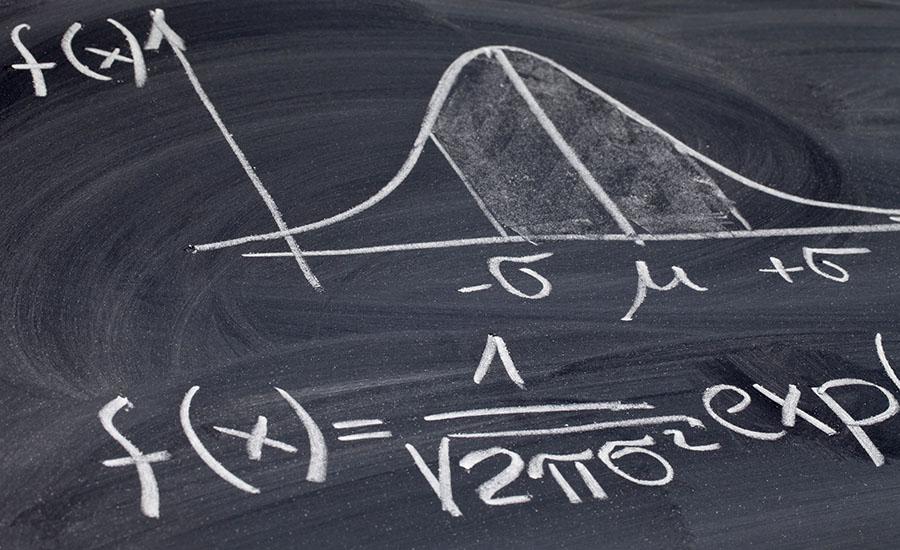
Modeling the Motion in the Ocean
In this lesson students will create a model to investigate how a location's temperature may change during an El Niño year. Students will construct landforms in a tray and then fill the tray with water. They will then use heat lamps, ice, and straws to create warm and cold currents. Students will use these currents to transfer energy from one side of the tray to another. Finally they will cover the tray and see how the currents affect the air's temperature. The goal is for students to come to the realization that winds move currents throughout the ocean and when those wind patterns change, the currents can bring colder or wamer water to a location that it does not usually travel to. This change will affect that location's temperature.
Lesson Grade Level
6th GradeLesson Plan Link/URL
https://docs.google.com/presentation/d/13udzdreHhV8BcVJBrZVFpyNjssYyO1jm/edit?u…Related Content

Students will create a flying machine that will hold a pilot, travel down a zipline, and meet other constraints. This is paired with the book Rosie Revere, Engineer or can be used as a fun intro to

Understanding and studying energy transfer produced by molecules collisions can be difficult and abstract for them. To make it easier for them to visualize, creating a Newton's Cradle will help them

In this lesson, students will explore how gravity and the layers of the Earth's crust work together to filter contaminated water. Students will build a water filter and test the water filter with